No matter why you want to establish a garden, whether you want to save money by growing your food or if the pandemic has made you want fresh air and sunshine, a garden is an obvious solution. To beginners, starting a backyard garden may seem a lot more complicated and time-consuming than it is. The task can seem daunting when you contemplate all the tools and supplies required to begin gardening.
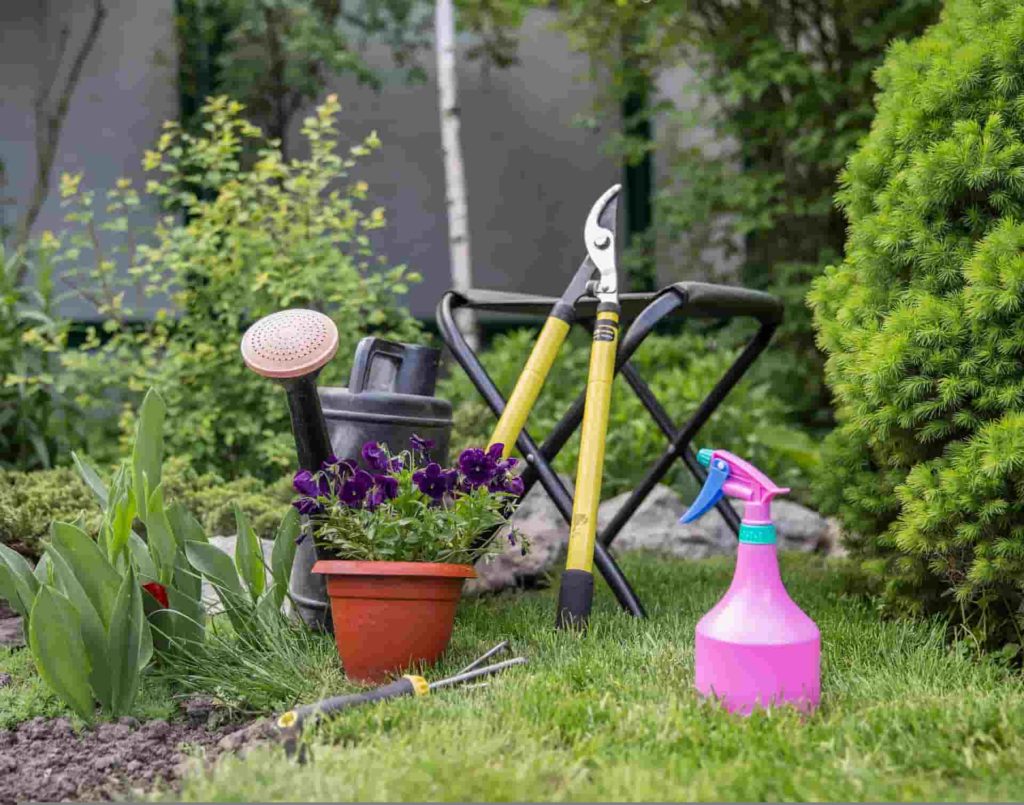
But it’s not, and we will learn why. Below we will learn about Toronto backyard gardening, backyard garden planning for Toronto, Ontario, the climate and planting zones of Toronto, when to start planting in Toronto, and a detailed step-by-step guide to growing different vegetables, fruits, flowers, and herbs for Toronto backyards. Let’s check out more information about Toronto backyard gardening below.
About the climate and USDA hardiness zones of Toronto, Ontario
Canada utilizes a seven-zone system to calculate the zone number. All zones except eight are separated into subzones, with 8a being the sole. Canada’s hardiness map is broken down into nine zones. Zone 6 often refers to the city of Toronto. Based on average annual lowest temperatures, the USDA deems Toronto to be in Zone 5, but the Canadian approach is based on average annual maximum temperatures. Based on current data, Toronto is going from Zone 6a to Zone 7a as part of Canada’s nationwide hardiness zone shift.
To ensure that your garden survives, consider hardy plants in your area. Several plants can thrive in your yard, even if only hardy to a certain zone. The plant will not thrive in your garden if it is hardy to Zone 8. The proximity of Lake Ontario to Toronto affects the city’s climate. Water in the lake keeps Toronto warmer in the winter and cooler in the summer. Toronto is also known for its high summer humidity levels in the Great Lakes region.
Even though Toronto is one of Canada’s warmest cities in December and February, the winters are nevertheless harsh, with snow covering the ground on most days from mid-December to mid-March. On an annual basis, 65 days of the year experience more than one centimeter of snow. Toronto has a generally sunny climate, with many warm or hot sunny days in the summer and fewer bright days in the winter.
Compared to summers and winters, spring and autumn have shorter seasons, but they also have more variable weather, with periods of dry, sunny weather alternating with rain periods. Instead of being hot or cold, these seasons have a lot of sunny days. There are very few frosty nights. However, snow typically dissipates within minutes as soon as it touches down.
Toronto backyard gardening: A step-by-step guide to growing a backyard garden in Toronto, Ontario
Choose the right location
However, before you rush in to put your “green thumb” to the test, you should first consider the location of your backyard garden. When finding the perfect spot for your backyard garden, here are some crucial considerations to keep in mind. Choose a garden site with at least six hours of daily sun. Most plants thrive best in environments that get between 8 and 10 hours of direct sunshine daily.
Choosing a spot for your garden or planting pots close to a supply of fresh water is essential. This will make it much simpler and more convenient to water your plants. As bird droppings and other impurities can be present, it is generally not recommended to rinse plants with water from a rain bucket. This is owing to the potential presence of pathogens. Your garden should be watered in the morning so the leaves can rapidly dry off; damp foliage encourages the growth of plant diseases caused by fungus and bacteria, which may be harmful to plants.
Soils that are well-drained and do not collect standing water when it rains heavily are ideal for plants. Choose sites with clean soil, such as near ice-melting sidewalks or where road runoff drains. Fences are beneficial for preventing animal invasions. The animals’ size will determine the fence’s height and width. A chicken wire fence height of three feet is sufficient to exclude rabbits and other similarly sized animals.
Having fences at least 6 to 8 feet high is essential when dealing with deer. If your garden is near your house, you will probably spend more time tending to it since it will be more convenient. If you can view the garden, you can pick more weeds, harvest more veggies, and provide your plants with more frequent waterings.
Prepare the soil in your backyard
Organic matter improves soil quality. Add organic matter to your sit the same way that was suggested previously. Adding organic matter to the soil every few years is also a good idea. Get a soil sample analyzed in the winter before you begin gardening to evaluate the soil’s pH and nutrient level. To begin a soil improvement program, a soil test is necessary. Regarding fertilizer application, you’re just guessing if you don’t know the inadequacies in your garden soil.
The soil test results will determine your garden’s first fertilizer needs. Gardening year after year becomes considerably simpler when you have high fertility in your soil. 8-12 inches of soil should be sampled using a soil probe, spade, or shovel. The root zone should be sampled rather than the surface soil for a more accurate representation of the soil. Before placing them in a new container, take ten samples from your garden. In this way, the whole garden can be covered.
Select roughly a pint of soil from the bucket or pail. Contact your local horticulture agent. The agent will advise you on how much fertilizer to put in your garden and where to put it. If you need help with your garden, talk to your local agent. The soil’s acidity or alkalinity can be measured by its pH. Soil that is neither too acidic nor excessively alkaline is ideal for most plants. Soil nutrients can be rendered inaccessible to plants if temperatures reach these levels.
In certain cases, the pH of the soil will be outside of the ideal range due to the parent rock components, past fertilizer application, crop succession, or other circumstances. The pH of the soil is measured as part of the soil test, and if required, the quantity of lime needed to mitigate soil acidity is recommended. Liming is referred regarded as “sweetening the earth” by certain individuals. Alkaline soils can benefit from adding sulfur or other minerals to lower their pH. Correcting the pH of the soil might be just as crucial as adding fertilizer to boost plant growth.
Plant your backyard garden
Seeds should be purchased early in the year to ensure you receive the types you want. Seeds can be purchased locally or via seed catalogs. There is no need to use seed from your prior harvests unless in the case of a unique variety that you want to maintain. Seeds sold commercially have been treated to make them resistant to disease and insects and have also been kept to ensure their vitality.
When plants are cross-pollinated or hybridized, they can get unusual types from seeds saved by the grower. Use a piece of twine to outline the garden’s straight lines. Ample space between rows should be provided for growing if you use a mechanical tiller or cultivator. Apply a little layer of mulch to the seedbed and water if necessary. Apply a thin coating of sand over seeds if the soil in your garden tends to crust or harden after heavy rain.
Many acquire plants from local farms and dealers. Gardeners may have to grow their plants if there aren’t any vendors nearby if the desired types aren’t readily accessible. Seeding plants in a small container is the most common method for starting transplants. Instead of soil, disease-free materials such as vermiculite and sand should be used to avoid illness. Rows 2 inches apart should be sown thickly. A little coating of the planting media is needed to protect the seedlings from the rain.
Keep the seeds wet and warm in a hotbed or sunny window until they sprout. Plants can be transplanted to the garden 6–8 weeks after seeds have been sowed. Seedlings should be replanted in smaller pots after they have emerged and have 2–4 tiny leaves before being moved to the garden. Peat or sand should be added to the pots to loosen the soil. Paper cups, milk cartons, clay pots, peat pots, flats, and another packaging can all be utilized.
Paper cups, for example. There must be a drain hole in a container. Slightly tamp the soil mixture into the pots. Grab the little plants’ leaves, not their stems, and lift them from the pot. Each container should have one seedling in it. When it’s time to transplant, carefully water the seedlings and set them in a sunny window or hotbed. Plants should be “hardened” or conditioned to outdoor conditions before being transplanted into the garden.
Ten days before the transplanting date: Slowly reduce the water you give your plants, so they don’t die off but still get the typical amount. Remove the hotbed covers or move the plants to a sheltered spot outdoors to gradually acclimate the plants to the outside temperatures. Don’t use fertilizer, particularly nitrogen-based fertilizer. To avoid “transplant shock,” follow this hardening technique, and the plants will begin to develop as soon as they are transplanted.
Water your backyard garden
General watering practices are affected by soil water availability and the pace at which plants use water. The soil’s water-holding capacity and root mass are the primary factors in the first. Some specific properties of plants enable them to slow water usage, and weather variables like temperature and wind are more crucial in determining the second’s success. The ability of your soil to retain water is influenced by the soil you have.
In case you missed it: Canada Container Gardening: How to Start with Vegetables, Fruits, Flowers, and Herbs
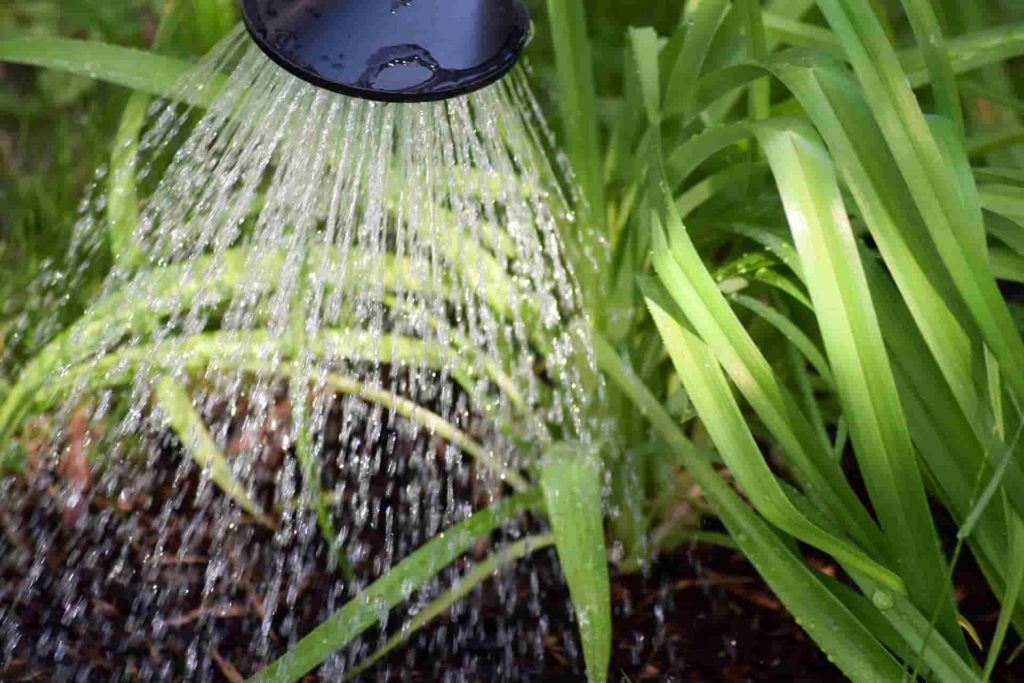
The largest particles in soil are classed as sand; medium-sized particles are classified as silt, and the smallest particles are classified as clay. The quantity of each particle size determines the texture of any soil. At various depths, certain soils can have varying textures. Drainage might be impeded by a hardpan or clay layer under loamy soil. Building activities have affected many garden areas, including adding fill soil, which alters the soil’s texture.
In the garden, water is used for various purposes, including photosynthetic processes and the transport of soil nutrients to the plant’s upper portions. A steady stream of water travels from the plant’s roots to its leaves, where it evaporates into the air. During hot, dry weather, water evaporates more quickly into the atmosphere. There is a growing need for water as the plant grows in size, complexity, and complexity. Garden plants need plenty of water.
When crops are subjected to chronic water stress, production, quality, and resistance to pests are all at risk. Plants just emerging from the ground or those with a shallow root system may need to be watered often, but mature plants with deep roots may draw water from a wider region of the soil profile. Depending on the kind of plant, the root system can vary greatly in size and intricacy. Use this information to determine which watering method is most effective for your plants.
The sprinkler is the most common technique for watering a garden at home. Watering many crops in the same area using a sprinkler is easy and cost-effective. Sprinklers’ water distribution should be considered since more water is often sent to the sprinkled area’s center. Sprinkler pattern can be determined by placing a few cans in the area to see whether the water is distributed evenly.
On the other hand, Sprinklers have the drawback of dispersing a large volume of water into the atmosphere. Solving coarse droplets and low water pressure can reduce evaporation losses on hot and windy days. Water during cooler, less windy times is also a good idea. Water crops in a method that permits the plant to leave to dry as quickly as possible when the watering is complete. Because of this, watering should be avoided in the early morning and late evening hours.
Use of dripping or trickling water for irrigation. An area in the root zone is watered daily or alternately every other day using this technique to maintain it well-watered. It is common practice to place drip or trickle tubes on the row’s outside edge or in the space between two rows. A hole or “dripper” every 10–12 inches is recommended for crops that need a continuous strip of soil to be moistened. The holes on drip tapes are often pre-punched when purchased.
Drip systems can take 1–3 hours a day to replenish crops with the water they lose during stress. Filtering the water before it enters the drip tape system is critical due to the risk of blocking the microscopic pores in the tape. Most garden centers have drip watering kits with water filters, pressure regulators, and distribution lines. The majority of people are familiar with drip system design and layout.
Fertilize your backyard garden
It is vital to fertilize, but this is not a solution. Problems such as poor soil structure, which prevents appropriate drainage and aeration, undesired soil pH, or soil salt concentration, poor seeds, sick plants, and tree roots in the garden area cannot be fixed by fertilization. When organic matter is included in the soil, it ensures that certain fertilizer nutrients remain. Commercial fertilizer can be required as well. Rock or mineral resources rich in nutrients make up the majority of chemical fertilizers on the market.
There are several ways that organic matter can help the soil. Decaying organic material has several advantages when absorbed into the soil: Aeration is essential for proper root development, and aeration improves drainage in clay soils. It also enhances water-holding capacity in all soils, particularly beneficial in sandy soils. Tilling and root penetration are also enhanced. Nitrogen (N), phosphorus (P), and potassium (K) are the most often deficient nutrients for plant development (K).
N (Nitrogen) is responsible for the dark green color in plants. As a result, the vegetative portion grows quickly. Spindly stems, pale or yellow foliage, and smaller than usual leaves are all signs of a nitrogen deficiency in the plant’s tissues. Early root development, a speedy, strong start, and faster blooming and maturity are all benefits of P (Phosphorus). Thin, shorter stems, and purple leaves are symptoms of a deficiency in this element in plants.
K (Potassium)—Potassium or potash accelerates fruit ripening. This element is essential for both plant disease resistance and overall plant health. It’s also critical in the development of large, juicy seeds. Graying or browning the outer margins of older leaves is a sign of deficiency in this element. The amount of N, P, and K on the bags of chemical fertilizers is stated. Nitrogen, phosphates, and potash are the three elements that make up the analysis or grade of a fertilizer. Thus, a 10-10-10 fertiliser comprises 10% nitrogen, 10% phosphate (P2 05 ) and 10% potash (K2 0).
Row application: Thus, row garden crops can use fertilizer most. For every 100 feet of row, apply 1–2 pounds of balanced analysis fertilizer. Before planting, dig a 2–3-inch-deep trench on either side of the row to apply fertilizer. Each trench should have half of the total fertilizer applied to it—plant in the indicated row after covering the trenches with a layer of mulch.
As a disadvantage, row application demands a lot of time and effort. Spreading fertilizer over the whole garden is an alternative to applying it to each row. Before planting, use 2–3 pounds of fertilizer per 100 square feet and distribute it evenly over the area. About two teaspoons of fertilizer should be put 2–3 inches below the roots or seeds of tomatoes, cabbage, or other transplanted crops, and for melons or cucumbers planted in mounds. Once the fertilizer has been placed, cover the soil and plant as before.
Starter solutions: Adding a starting fertilizer to the water you used to set up transplanted tomatoes, peppers, eggplants, or cabbages can help them get a head start. Commercial starting fertilizers can be dissolved in water or mixed with water. Too much-starting fertilizer in the mix might burn the plant’s roots, so read the label carefully.
Adding two tablespoons of conventional fertilizer, such as 5-10-10, 3-12-12, or 10-10-10, to a gallon of water will provide a beginning fertilizer solution that you can use. Stake or use a stick to stir thoroughly. There will still be enough soluble fertilizer in the water even if some bigger particles have sunk below the surface. Each plant should be given roughly a cup of this beginning solution. You may also start plants using commercial soluble fertilizers. Observe the label’s instructions.
Side-dressing: When there is a lot of rain, and the soil is sandy, nitrogen tends to wash away from the roots of plants. An application of nitrogen-rich fertilizer down each plant row is known as a side-dressing. It’s best to use this method when corn is between 12 and 18 inches tall and after the first fruits have formed on tomatoes.
Applying too much nitrogen might harm your plants, so go easy on the fertilizer. The recommended dosage is 14 pounds of ammonium nitrate per 100 feet row or 15 pounds of urea. You can use a standard balanced fertilizer, such as 5-10-10 or 8-16-16, if they are unavailable. Suppose you can water the plant after applying the fertilizer to avoid getting fertilizer on the leaves.
When to start planting in Toronto?
After the rains of April, many people believe May is the greatest season to plant. If you plant a little early, you might kill your plants. Unfortunately, this isn’t always true. It’s essential to consider the ground temperature while deciding whether to plant outdoors in the spring. While a day in early May might seem hot (about +17 degrees Fahrenheit), it does not depend on the ground’s actual temperature.
In general, we prefer not to plant anything until the ground temperature reaches at least 2 degrees Celsius and there are no more dangers of frost. If you are planning on purchasing some more plants for your garden at the beginning of May from your neighborhood greenhouse or plant nursery, you are not recommended to put them in the ground just yet. If the ground is too cold for spring planting, you risk startling the roots, slowing growth, or even killing the plants.
Cool-weather vegetable crops like peas, lettuce, kale, and spinach are exceptions to the rule of no planting in the colder months. However, most other veggies and flowers, such as begonias, coleus, petunias, and geraniums, are not native to the area and are thus warm-weather plants for gardeners to consider growing. When temperatures fall below 5 degrees Celsius, it is extremely critical that these warm-weather plants not be planted (ground temperature).
So, if you’re considering starting a garden this year, you may want to hold off on planting seedlings until the long weekend around Victoria Day, May 24. In previous years’ records, early May’s temperatures are notoriously unreliable. Despite this, it’s still a terrific time to start working outside early May. This time of year is the best time to begin planning your garden beds and preparing your lawn for the next growing season.
Best vegetables for Toronto backyards
Peppers, tomatoes, zucchini, cucumbers, onions, carrots, radishes, okra, squash, potatoes, corn, peas, beans, beets, broccoli, cabbage, cauliflower, celery, and other vegetables can be grown quickly in the backyards of Toronto.
In case you missed it: In case you missed it: Growing Vegetables In Canada, Planting Calendar
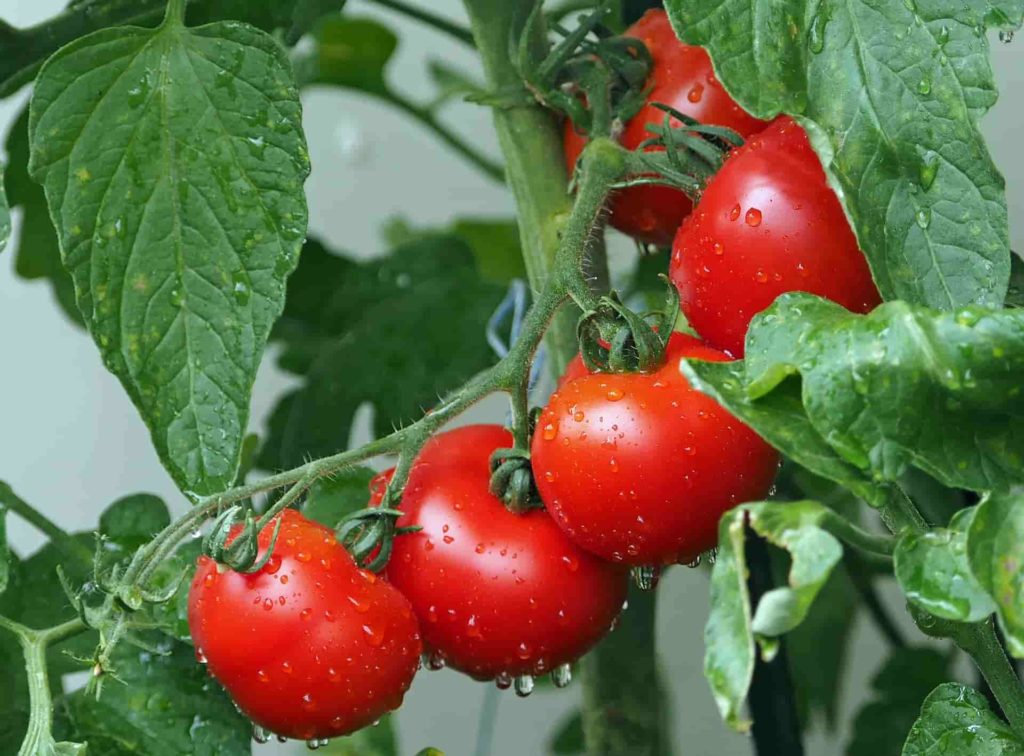
Best fruits for Toronto backyards
Cherries, peaches, figs, plums, apples, pears, strawberries, blueberries, raspberries, and other fruits can be grown quickly in the backyards of Toronto.
In case you missed it: Top 20 Steps To Boost Your Apple Fruit Yield: Fruit Size Increase Tips, and Ideas
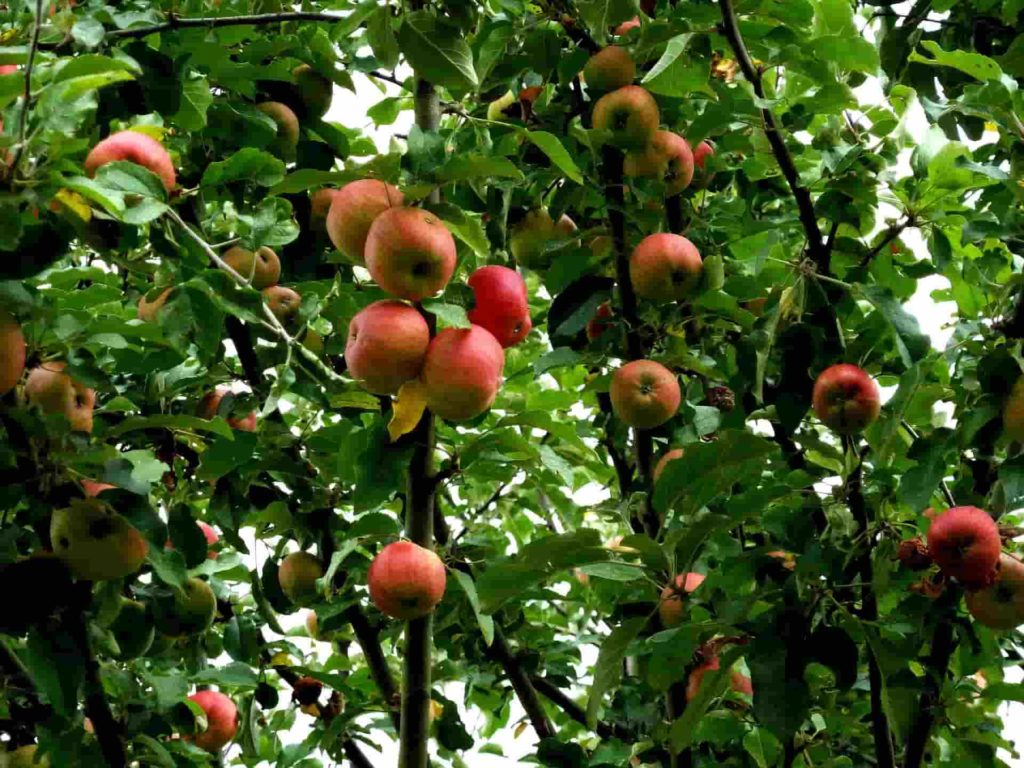
Best flowers for Toronto backyards
Yarrow, black-eyed Susans, begonias, geraniums, bee balm, coral bells, hostas, Joe Pye weed, veronica, pincushion flowers, and other flowers can be grown quickly in the backyards of Toronto.
In case you missed it: Charlotte Backyard Gardening: How to Start with Vegetables, Fruits, Flowers, and Herbs at Home in North Carolina
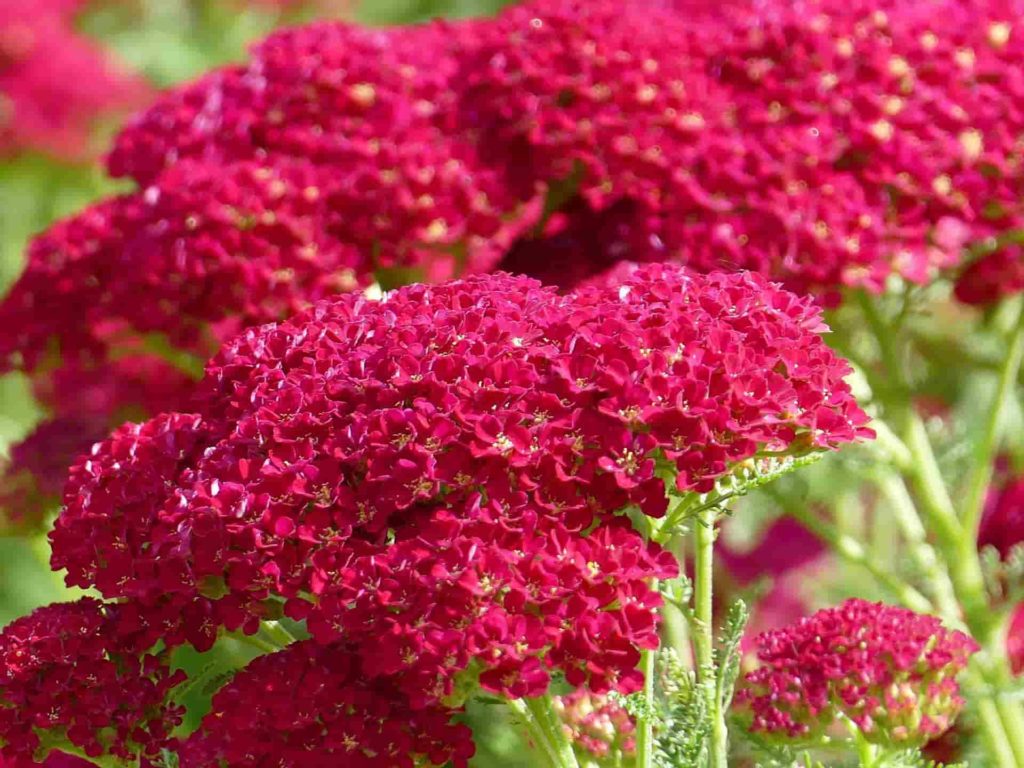
Best herbs for Toronto backyards
Basil, chives, dill, rosemary, parsley, tarragon, and other herbs can be grown in the backyards of Toronto.
In case you missed it: San Diego Backyard Gardening: How to Start with Vegetables, Fruits, Flowers, and Herbs at Home in California
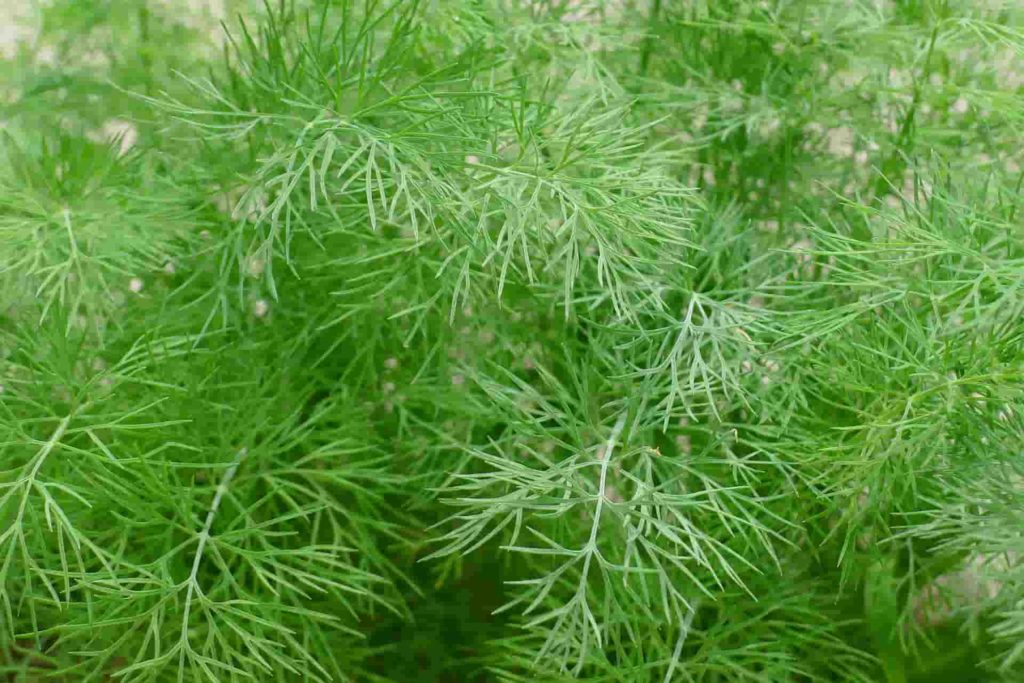
Growing Indian Vegetables, Fruits, Flowers, Herbs, and Spices in the Backyards of Toronto, Canada
You may easily grow Indian vegetables in Toronto, Canada such as Bottle Gourd (Sorakaya), Ridge Gourd (Beerakaya), Snake Gourd (Potlakaya), Cluster Beans (Goru Chikkudu), Broad beans (Chikkudukaya), Gongura, Bitter Gourd (Kakarakaya), Ivy Gourd (Dondakaya), Bitter Gourd (Kakarakaya), Yellow Cucumber (Dosakaya), Malabar Spinach (Bachalikura), Ginger (Allam), Garlic (Vellulli), Bayleaf, Moringa (Drumstick/Munagakaya), Turmeric (Pasupu), Taro Root/Arbi Root (Chamadumpa), (Okra Bhindi/Bendakaya), Green Chilli (Pachi Mirchi), Brinjal (Baingan/Vankaya), Parwal, Methi Leaves (Menthikura), Curry Leaves (Karivepaku), Kothimeera, Ponnaganti Kura, Chukka Kura (Khatta Palak), Thotakura/Amaranthus, and Palakura/Spinach, Henna Plant (Mehndi/Gorintaku)
You may also grow Indian flowers in Toronto, Canada such as Jasmin flowers (Malle Poolu), Marigolds (Banthipoolu), Crossandra (Kanakambaram), and Chrysanthemums (Chamanthi Poolu), Gerbera, Bougainvillea, Dahlia, and Hibiscus (Mandaram).
You may also grow Indian fruits in Toronto, Canada such as Guava (Jama), Custard Apple (Sitaphal), Mango (Aam/Mamidi), Jamun (Alla Neredu), Sapota/Sapodilla, Indian Ber (Regi Pallu), and Indian Gooseberry (Amla/Usirikaya).
Conclusion
You should know that it is pretty normal if your lettuce plant didn’t do well or if your basil looks sad and drooping, so you shouldn’t give up on growing your food until you try anything that you’ve produced with your own two hands, regardless of whether you believe you have a green thumb or not. It is an inevitable aspect of learning how to garden that you will ultimately destroy some plants. Don’t hesitate to ask for assistance; gardeners are happy to share their expertise and enthusiasm, plants, and food.
- Broccoli Seed Germination and Selection
- Asparagus Seed Germination and Variety Selection
- Seasonal Flower Gardening: Best Practices for Spring, Summer, Fall, and Winter
- How to Grow Hibiscus from Flower
- Plantation Ideas for Home Decoration: A Beginners Guide
- Flower Garden Designs and Layouts for Beginners
- Planting and Spacing Techniques in Papaya: A Beginner’s Guide
- Growing Gold: Essential Techniques for Planting Pineapples
- How to Make Kalanchoe Plant Bushy: Home Remedies and Solutions
- 11 Reasons Why Your Gardenia is Not Blooming: Home Remedies and Solutions
- Eco Elegance: The Guide to Designing a Drought-Tolerant Landscape
- Gardening on a Slope: Strategies for Hillside Landscaping
- Nourish and Flourish: Top Organic Mulches for Thriving House Plants
- Everything You Want to Know about Indian Mogra Flower: Discover Uses and Growing
- Green Thumb Success: Expert Tips for Cultivating Greenhouse Pumpkins All Year Round
- Maximize Growth & Flavor: The Ultimate Guide to Companion Planting in Herb Gardens
- How to Control Rhododendron Problems Naturally: Home Remedies and Organic Ways to Fix Them
- Natural Magic: The Remarkable Benefits of Cinnamon for Plants
- Best Steps to Revive Dying Tulip with Natural and Organic Treatment
- 10 Reasons Why Your Angel Trumpet is Not Blooming: Remedies and Treatment
- How to Fix Periwinkle Leaf and Flower-Related Problems: Natural Remedies and Solutions
- How to Fix Zinnias Leaf and Flower Problems: Discover Natural and Home Remedies
- Organic Steps to Induce Lemon Tree Flowers: A Comprehensive Guide
- Bloom Booster: Crafting the Perfect Homemade Bougainvillea Fertilizer
- Optimizing Growth: A Guide to Applying NPK Fertilizer for Potted Plants
- 10 Best Homemade Fertilizers for Rubber Plant: DIY Recipes and Application Method
- How to Boost Female Pumpkin Flowers: Effective Steps for More Flowers and High Yields
- Transform Your Indoor Garden: Top Benefits of Pink Salt for Houseplants
- 10 Best Homemade Fertilizers for Peacock Plants (Calathea): Easy DIY Guide
- Unlock Blooms: 9 Reasons Why Your Potted Chrysanthemum is Not Blooming
- 8 Reasons Why Your Potted Hibiscus is Not Blooming: Fix it with Simple Solutions
- Unlock Blooms: 9 Key Reasons Your Potted Frangipani Won’t Flower
- 10 Reasons Why Is My Ice Plant Not Blooming: Remedies and Treatment
- 10 Reasons Why My Potted Hydrangea Not Blooming: Treatment and Remedies
- 10 Reasons Why is My Wisteria Not Blooming: Remedies and Treatment
- 10 Reasons Why is My Goldfish Plant Not Blooming: Remedies and Treatment